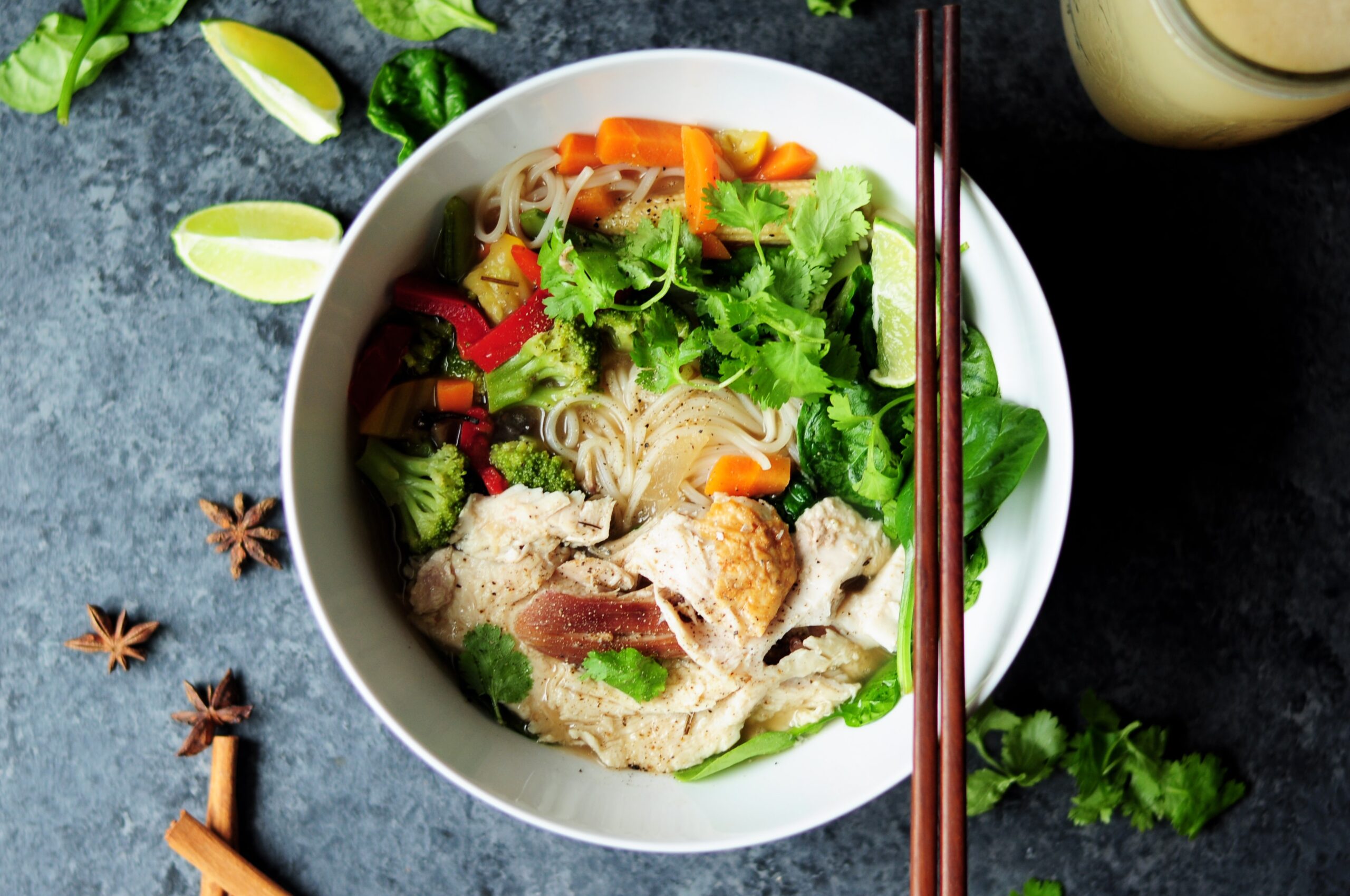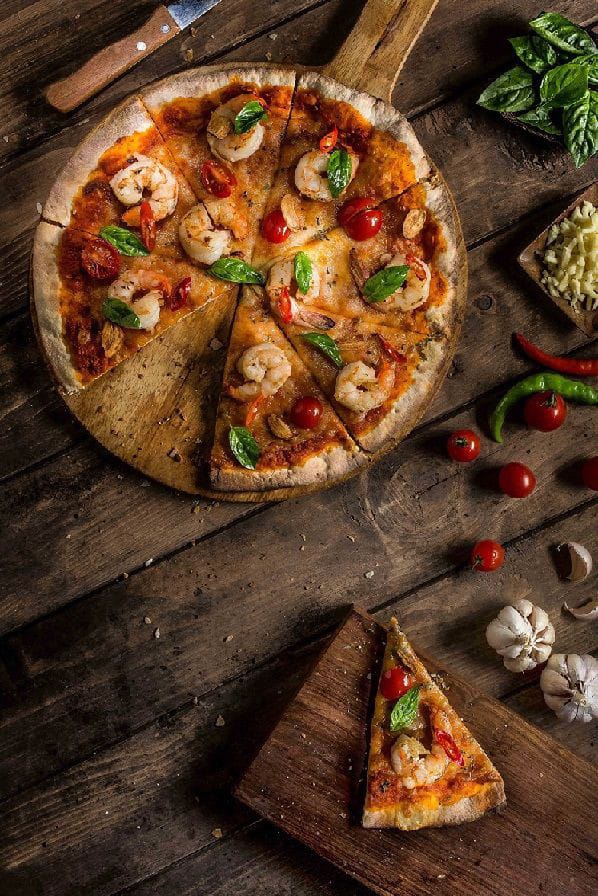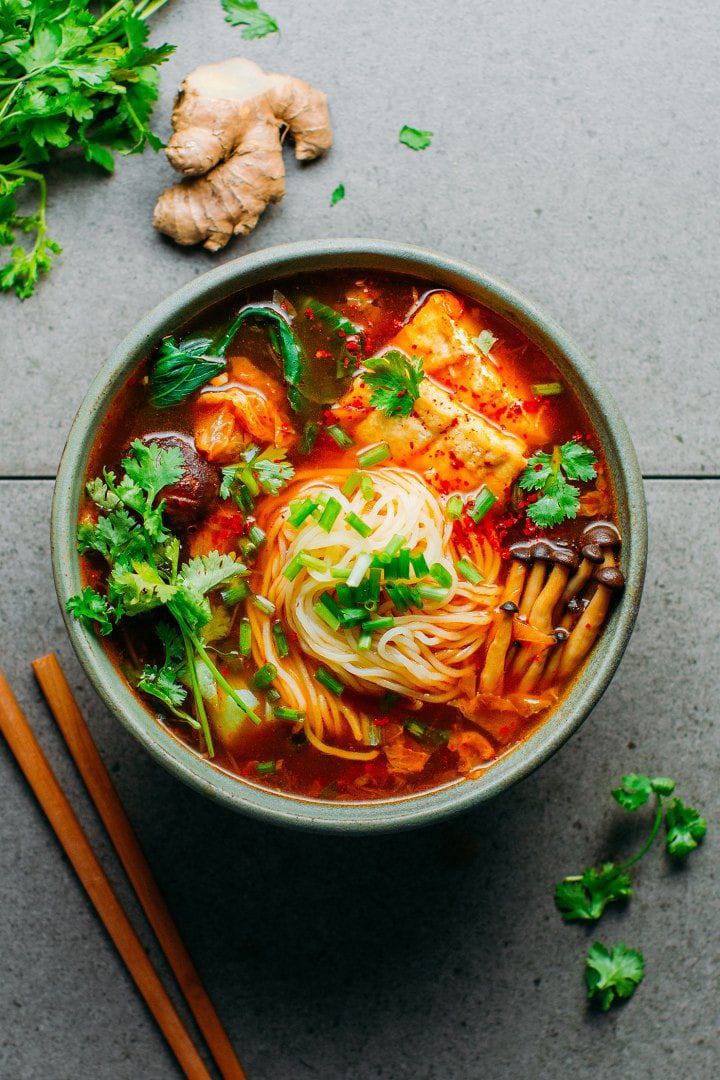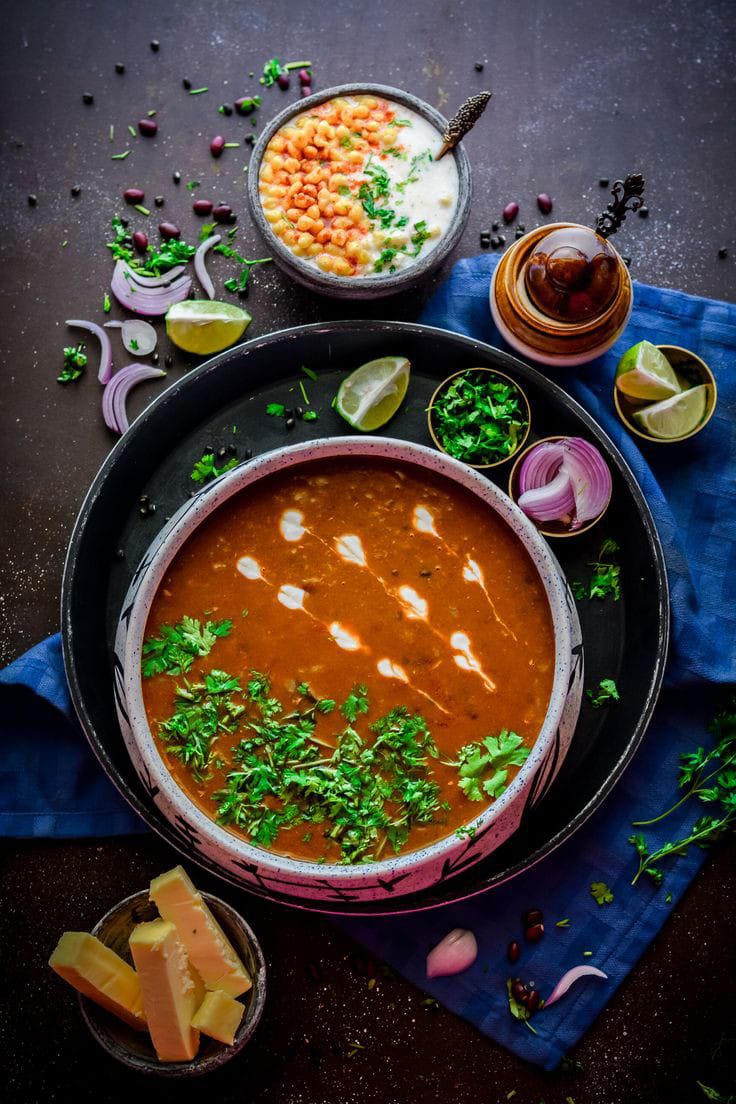For humans, food represents so much more than simply a means of nutrition; it has come to be a vehicle of social interaction, a method of preserving traditions, and interestingly enough, an assertion of one’s identity.
Cooking a meal is an art in itself. Each meal consists of a flavour profile that caters to particular tastes, shaped and curated by a culture. Historically speaking, this largely depended on the geographical origin of the dish. Access to certain spices and meats, and crops depending upon the topography and weather, seem to have contributed to the basis of a cuisine. Thus, we have been fortunate witnesses to the stunning conflagration of flavours, as they emerge across the globe.
The scent of freshly torn basil, tomatoes, and parmigiano cheese bubbling upon a hunk of bread in a wood-fire oven has the power to transport you to a tiny corner-side pizzeria in the heart of Naples.
Kimchi presents the fermented zing of gochugaru chillies carefully slathered upon napa cabbage leaves, a nuance so intense and unforgettable that it has been marked as a signature flavour of Korea.
A hot bowl of dal, or spiced lentils with rice is the very definition of comfort food, for countless people hailing from the Indian subcontinent. Every little concoction of food is steeped in a story, broiled with emotions, and basted with the customs and contemplations of its people; it is awe-inspiring how a bite of food can convey these intangible ingredients to the eater, thousands of kilometres from its place of origin. Today, thanks to globalisation, these foods have come to hold considerable meaning for people outside of their own culture. However, before reaching the state of absolute appreciation, ethnic foods have undergone much scrutiny.
L-R: Shrimp Pizza; Kimchi Ramen; Dal Makhani.
On her blog “The Korean Vegan”, Joanne Molinaro narrates a story of her first day of kindergarten as an immigrant in the USA: “My grandmother packed for me kimbap and kimchi. Everyone else’s lunchbox contained ham sandwiches and potato chips […] I hated my mother, my father, my grandmother, and everyone else who was “responsible” for making me so painfully different from everyone else, so Korean.” The judgement of one’s food becomes an immediate affront to one’s self; such is the inextricable link between food and culture. Rice with “smelly” curries and spices, rank tofu, “stinky” oxtail soups, kimchi; these comprised the classic lunch boxes that playground bullies would take offence to. Yet, these very same traditional meals that were once demonised are being repackaged under the banner of Western approval, and sent back to its people. Ethnic foods that were once a subject of shame are now trending. It makes one question whether the acceptance of another culture’s food as we see it today, is genuinely that, or if it is a crude “exoticisation” of the other. It does seem rather convenient that until a dish is considered “shiny enough” by the West, it is condemned to be wrong and subject to harsh judgement.
Jordanian spices.
That is not to say that to enjoy and appreciate another culture’s cuisine is cultural appropriation; food has always been, and shall continue to be a reason to commune, to bond, and celebrate diversity. However, it is certainly a disservice to ignore the history of a food; the struggle for a person of a particular culture to find home in a meal that has been demeaned, dismissed, or become a victim of tokenism under the guise of inclusivity.
A more discrete example of suspicion surrounding certain foods as a descendent of racism, is the vilification of monosodium glutamate (MSG), also known as “Chinese Restaurant Syndrome”. Surprisingly, the claim that MSG has severe ill-effects for one’s health, has no scientific backing. “The MSG myth has shaped the West’s view of Chinese food, in particular, into something cheap, unhealthy, and even dirty — and that’s a perception that often intrinsically passes to the people behind the food as well,” says LeMesurier.
In a world that is governed by somewhat universal ideas of health and nutrition, ethnic foods have often been left on the backburner. As Ritzer puts it, “Globalisation is supposed to involve the homogenisation process of food, which may reduce identity markers.” This means that we’re entering an age where we do have access to great diversity of food, but are also at the risk of gross standardisation in the way we view and eat meals. Registered dietician Tamara Melton states, “When healthy eating is presented through a Eurocentric lens, the implication is that other cultures’ foods are not as healthy.” She laments that people often feel like they have to “choose between their heritage and their health” because of the lack of representation of ethnic foods in the mainstream.
It is only natural to wonder where this leaves us: are we a society that cannot distinguish between appropriating one another’s food culture and celebrating it?
I believe that is not entirely the case. It is gratifying to finally see ethnic foods being given recognition in mainstream media, with several culinary influencers reclaiming their cultures by preparing innovative versions of their traditional meals. People are redefining their idea of healthy cooking by drawing away from Eurocentrism, and are learning to embrace each others’ cultural cuisine. What’s more, people are finally able to disengage from the feelings of shame around their own cuisines, and move beyond the once “tokenistic” representation of their beloved meals.
Words by Gayatri Thakkar.
Images via Unsplash and Pinterest.









